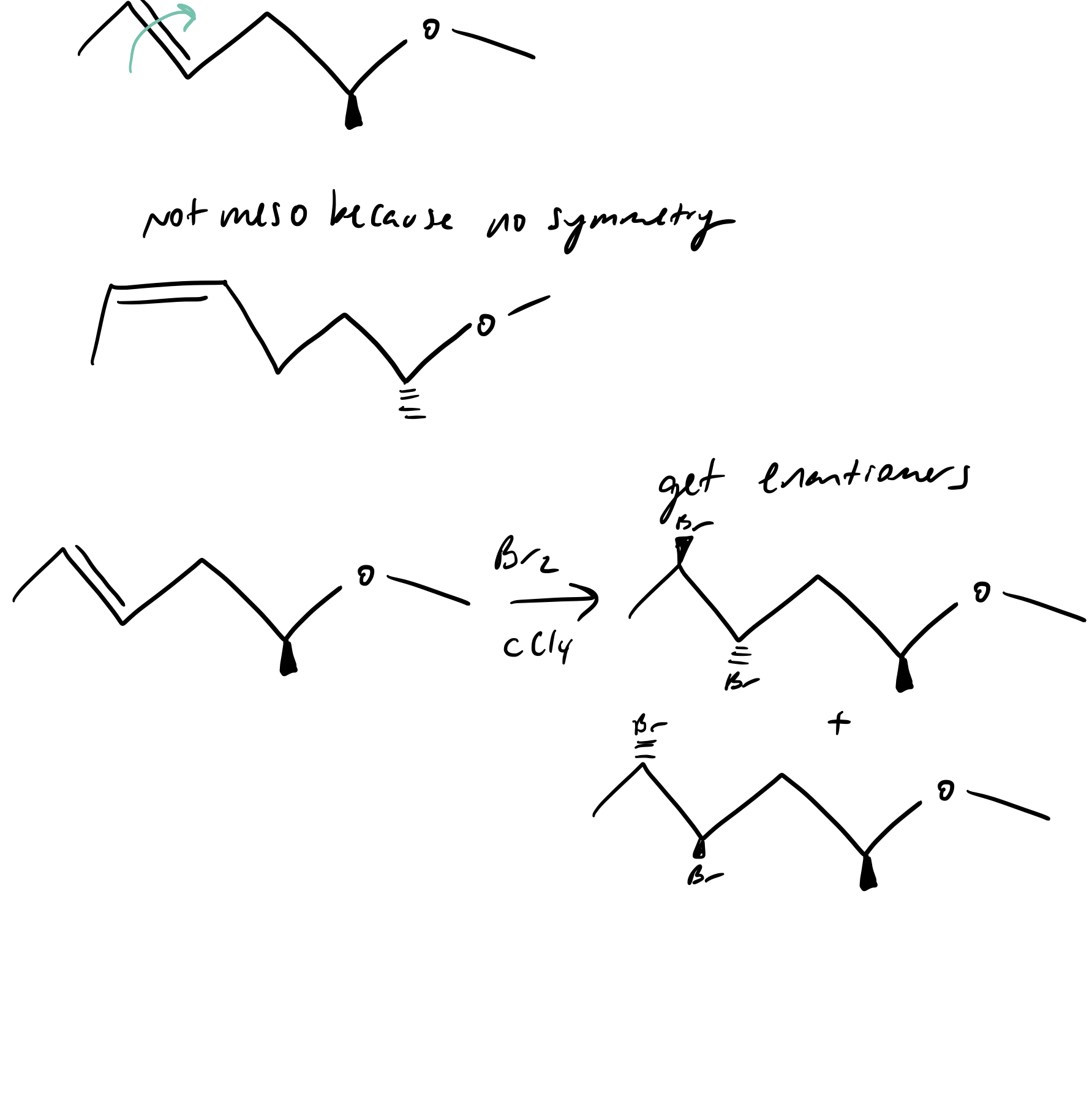This is all because of the exceptions of when to count a lone pair or not. Because we don't count the lone pair on nitrogen it is sp2 hybridized. At 10:30 those are the two main rules for lone pairs to know. Now when the lone pairs do not fall into the categories shown at 10:30 so no double bond directly on the atom with the lone pair or multiple lone pairs. Then we follow what is shown at 14:54 , and go down the aromatic checklist. If counting the lone pair makes it better then the structure favors that, and the opposite is true.



Replied on Lesson: Resonance and Arrow Pushing
07 Sep 19:01
If we moved electrons towards the + charge then it wouldn't be a valid structure because there are two of the same charges. We can't have two of negative charges or two positive charges right next to each other because same charges repel each other. As shown below.
In this case it's kinda like symmetry with the oxygens one resonance structure has one oxygen with a double bond so the second one will have the other oxygen with a double bond.